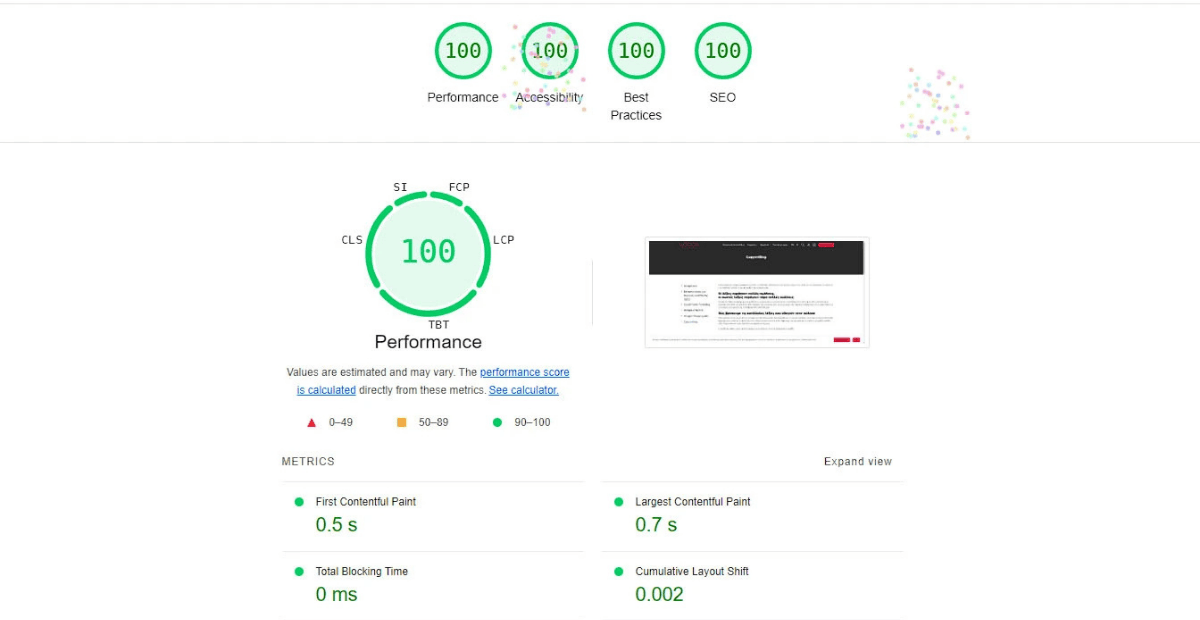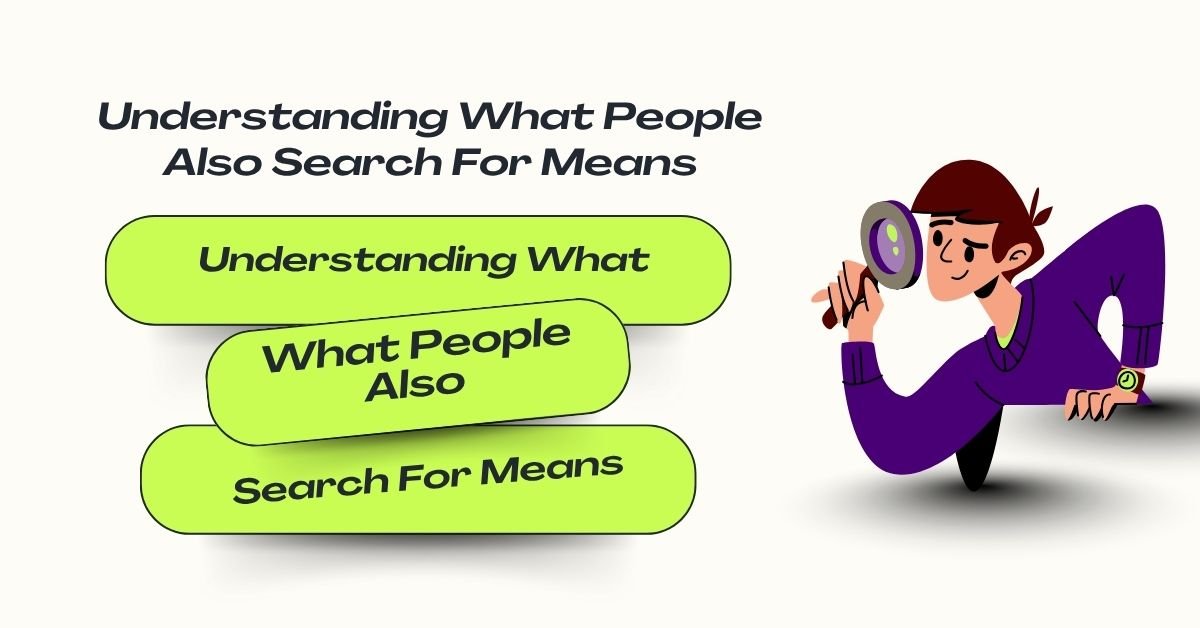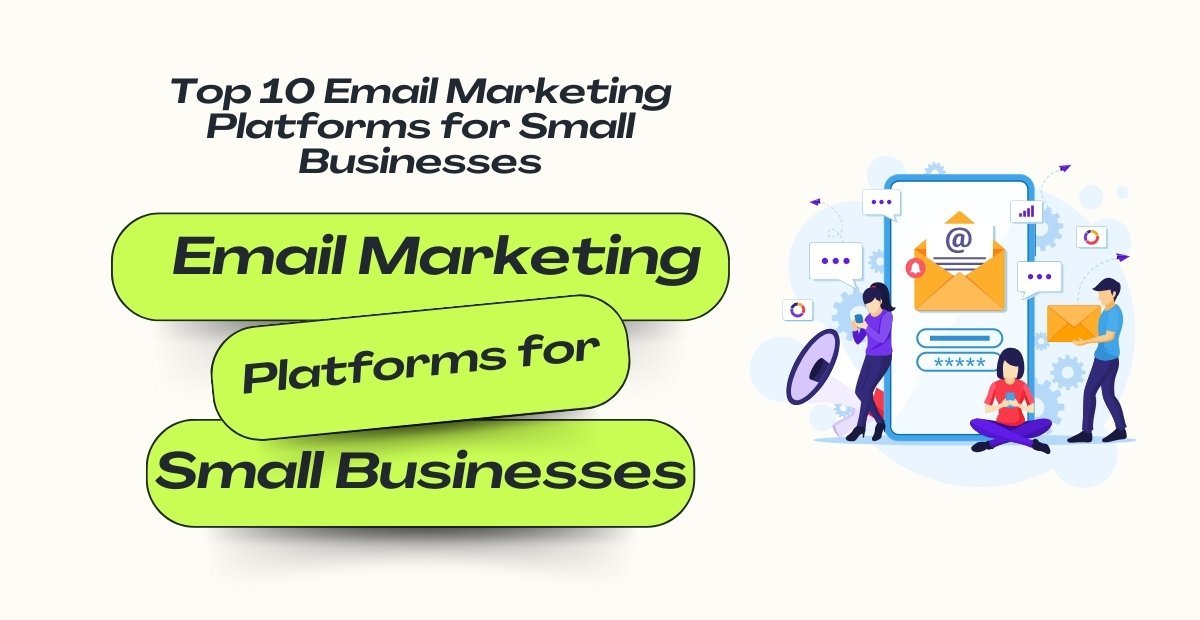
How to Improve Website Speed for SEO
Website speed for seo is not only a need in the fast digital world of today; it is a must-have. Consider your own online encounters. Before clicking back in irritation, how long do you usually wait for a page to load?
Generally, not very long. Search engines like Google are paying great attention since your website visitors share the same feelings. Online success depends on knowing how to increase website speed for SEO since otherwise it is quite impossible.
Why Website Speed Matters: The SEO Link
Page speed is clearly a major ranking consideration, as Google makes rather clear. Faster websites indicate improved user experience, which Google greatly values. Here’s a closer view of the reasons speed and SEO are inextricably linked:
- Enhanced Search Engine Results: Google ranks websites using page load time in mind. Usually rewarded with better positions in search results, faster sites generate more natural traffic. Consider it as Google’s vote of confidence—your website offers a good experience and is user-friendly.
- Lower Bounce Rates: Visitors who find a page takes too long to load likely hit the back button and look elsewhere. This raises your bounce rate, a statistic that indicates search engines your website isn’t turning up what users are looking for. Using techniques to accelerate a website will help to greatly lower bounce rates and maintain visitor engagement.
- Enhance Crawl Efficiency: Search engine crawlers have a limited “crawl budget” for every website, thus their efficiency is limited. Faster loading times enable these bots to crawl more pages inside that budget, guaranteeing effective indexing of all your valuable material. For bigger websites with many pages especially this is crucial.
- Better Mobile Experience: With most online searches occurring on mobile devices, mobile page speed is more important than ever. Google’s mobile-first indexing gives your site’s mobile variation top priority for ranking. Optimizing your website speed guarantees a flawless and quick experience for mobile users, so benefiting SEO.
The User Experience Imperative
Beyond the direct SEO benefits, a fast website simply provides a better experience for your visitors. Consider these points:
- Enhanced User Satisfaction: A snappy website feels professional and reliable. Visitors are more likely to trust and engage with a site that loads quickly, leading to increased satisfaction and positive brand perception.
- Improved Conversion Rates: Whether you’re selling products, generating leads, or building an audience, speed plays a crucial role in conversions. Slow loading times can lead to frustration and abandoned carts or forms. By focusing on website loading tips and optimizing for speed, you can create a smoother conversion funnel.
- Increased Engagement: Visitors are more likely to browse more pages, spend more time on your site, and interact with your content when the experience is fast and seamless. This increased engagement sends positive signals to search engines as well.
Actionable Strategies to Improve Website Speed for SEO
Now, let’s dive into the practical steps you can take to improve website speed for SEO and deliver a lightning-fast experience for your users.
1. Optimize Your Images: A Visual Feast Without the Wait
Images often constitute a significant portion of a webpage’s size. Large, unoptimized images can dramatically slow down your site. Here’s how to optimize images for speed:
Choose the Right File Format:
- JPEG: Ideal for photographs and complex images with lots of colors. They offer good compression while maintaining decent quality.
- PNG: Best for graphics, logos, and images with transparent backgrounds. While they offer lossless compression, file sizes can be larger than JPEGs for complex images.
- WebP: A modern image format that offers superior compression and quality compared to JPEG and PNG. Consider using WebP where browser support allows.
- Compress Your Images: Use image optimization tools (both online and desktop software) to reduce file sizes without sacrificing too much visual quality. Tools like TinyPNG, ImageOptim, and ShortPixel can significantly shrink your image files.
- Resize Images Appropriately: Don’t upload massive images and then rely on CSS to resize them in the browser. Scale your images to the actual dimensions they will be displayed on your website.
- Use Lazy Loading: Implement lazy loading for images below the fold (the part of the page users doesn’t see immediately). This means these images will only load when the user scrolls down to them, improving the initial page load time.
2. Leverage Browser Caching: Remembering for Speed
Browser caching allows visitors’ web browsers to store static files (like images, CSS, and JavaScript) locally on their computers after the first visit. When they return to your site or visit another page, their browser can retrieve these files from the cache instead of downloading them again, resulting in significantly faster loading times.
- Configure Cache Headers: Ensure your web server is properly configured to send cache headers that instruct browsers how long to store different types of files. You can usually configure this through your web hosting control panel or by editing your .htaccess file (for Apache servers) or Nginx configuration.
- Use a Caching Plugin or Solution: If you’re using a Content Management System (CMS) like WordPress, various caching plugins (e.g., WP Rocket, LiteSpeed Cache, W3 Total Cache) can automate the process of configuring browser caching and implementing other caching mechanisms.
3.Minify CSS, JavaScript, and HTML: Streamlining Your Code
Your website’s code (CSS, JavaScript, and HTML) can often contain unnecessary characters like whitespace, comments, and line breaks. Minification removes these redundant elements without affecting the functionality of your code, resulting in smaller file sizes and faster download times.
- Use Minification Tools: Numerous online tools and build processes can automatically minify your code. For WordPress users, many caching and optimization plugins offer minification features.
- Be Cautious with Aggressive Minification: While minification is beneficial, overly aggressive settings can sometimes break your website’s layout or functionality. Test your site thoroughly after implementing minification.
4. Choose a Fast and Reliable Web Hosting Provider: The Foundation of Speed
Your web hosting plays a crucial role in your website’s speed and performance. A slow or unreliable hosting provider can negate even the most diligent optimization efforts.
- Consider Your Hosting Needs: Choose a hosting plan that aligns with your website’s traffic and resource requirements. Shared hosting can be cost-effective for smaller sites, but as your traffic grows, you might need to consider VPS (Virtual Private Server) or dedicated hosting for better performance.
- Opt for Servers Located Closer to Your Audience: The physical distance between your server and your visitors can impact loading times. If your primary audience is in India, choosing a server location in or near India can improve speed.
- Look for Features Like SSD Storage and Caching: Solid State Drives (SSDs) offer significantly faster data access compared to traditional hard disk drives (HDDs). Built-in server-side caching mechanisms can also improve performance.
5. Implement a Content Delivery Network (CDN): Distributing Your Content Globally
A CDN is a network of geographically distributed servers that store copies of your website’s static assets (images, CSS, JavaScript). When a user visits your site, the CDN server closest to their location delivers these assets, reducing latency and improving loading times, especially for visitors located far from your main web server.
- Popular CDN Providers: Cloudflare, Akamai, Amazon CloudFront, and StackPath are some well-known CDN providers. Many offer free or affordable plans for smaller websites.
- Easy Integration: Integrating a CDN with most websites and CMS platforms is relatively straightforward.
6. Reduce HTTP Requests: Fewer Connections, Faster Loading
Every element on your webpage (images, scripts, stylesheets) requires a separate HTTP request from the user’s browser to your server. Reducing the number of these requests can significantly improve loading times.
- Combine CSS and JavaScript Files: If you have multiple small CSS or JavaScript files, consider combining them into fewer files (while being mindful of potential caching benefits of separate files for frequently updated content).
- Use CSS Sprites: Combine multiple small background images into a single image file and use CSS to display only the required portion. This reduces the number of image requests.
- Inline Critical CSS: For above-the-fold content (what users see immediately), consider inlining the necessary CSS directly into your HTML. This allows the browser to render the visible part of the page faster while the rest of the CSS loads in the background.
- Avoid Excessive Use of External Scripts: Limit the number of third-party scripts (e.g., analytics trackers, social media buttons) as they can add to the number of HTTP requests and potentially slow down your site.
7. Optimize Your Database: Keeping Things Running Smoothly
If you’re using a CMS like WordPress, your database stores all your website’s content and settings. An unoptimized database can become bloated and slow down your site.
- Regular Database Optimization: Use tools or plugins to clean up unnecessary data, remove revisions, and optimize database tables.
- Limit Post Revisions: WordPress automatically saves multiple revisions of your posts and pages. Limit the number of revisions stored to prevent database bloat.
8. Choose Lightweight Themes and Plugins: Less is Often More
The theme and plugins you use can significantly impact your website’s speed. Heavy, feature-rich themes and numerous plugins can add unnecessary code and HTTP requests, slowing down your site.
- Opt for Lightweight and Well-Coded Themes: Choose themes that are designed for speed and performance. Look for themes with minimal features and clean code.
- Use Only Essential Plugins: Regularly review your installed plugins and deactivate or uninstall any that you no longer need. Choose well-regarded plugins from reputable developers.
9. Monitor and Test Your Website Speed Regularly: Staying Ahead of the Curve
Optimizing website speed is an ongoing process. It’s essential to monitor your site’s performance and identify areas for improvement.
- Utilize PageSpeed Insights: Google’s PageSpeed Insights tool is invaluable for analyzing your website’s speed and performance on both desktop and mobile. It provides a score and specific recommendations for optimization.
- Other Speed Testing Tools: Tools like GTmetrix and WebPageTest offer detailed insights into your website’s loading times, waterfall charts, and performance metrics.
- Set Up Performance Monitoring: Consider using website monitoring services to track your site’s uptime and performance over time, alerting you to any slowdowns or issues.
Conclusion
Improving website speed for SEO isn’t about implementing just one or two of these website loading tips. It’s about adopting a holistic approach and addressing various aspects of your website’s performance. By consistently applying these strategies and regularly monitoring your results with tools like PageSpeed Insights, you can speed up the website, enhance user experience, and ultimately improve your search engine rankings.
Frequently Asked Questions
How does a slow website affect my SEO rankings?
Slow websites lead to higher bounce rates, lower user engagement, and poor rankings in Google
What is a good page load time for SEO?
A page should ideally load within 2.5 seconds to meet SEO and user experience benchmarks.
Does Google use site speed as a ranking factor?
Yes, Google officially considers site speed a ranking signal, especially on mobile devices.
How can I test my website speed?
Use tools like Google PageSpeed Insights, GTmetrix, or Lighthouse to analyze and test your site’s speed.






Add Comment